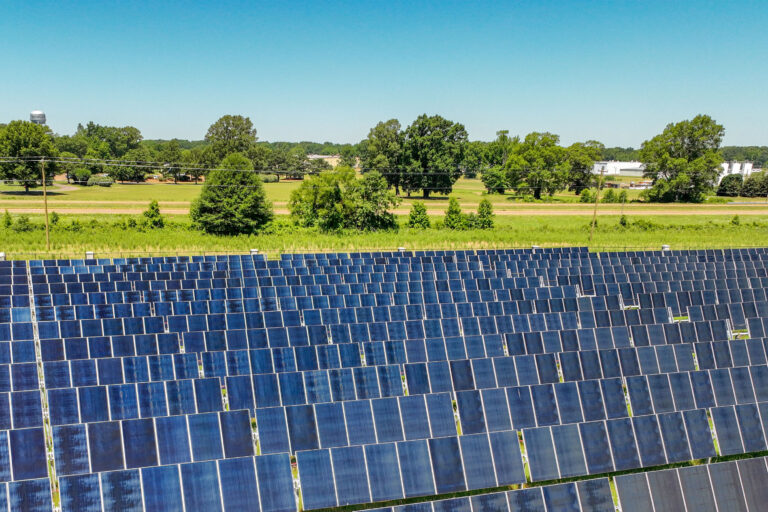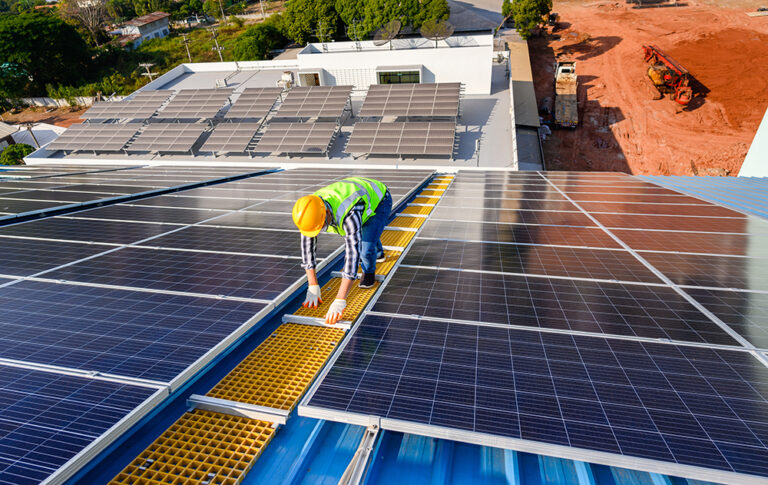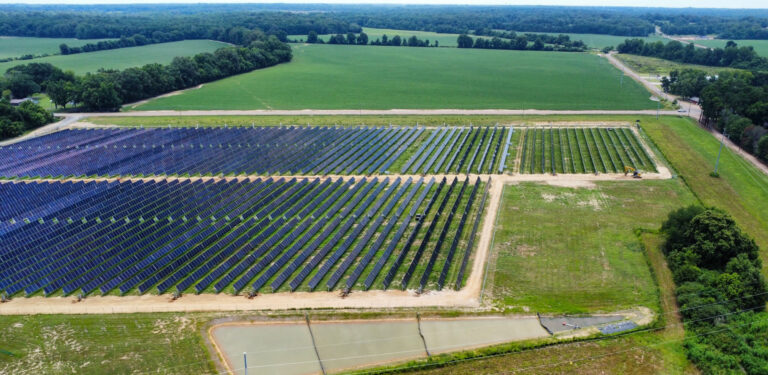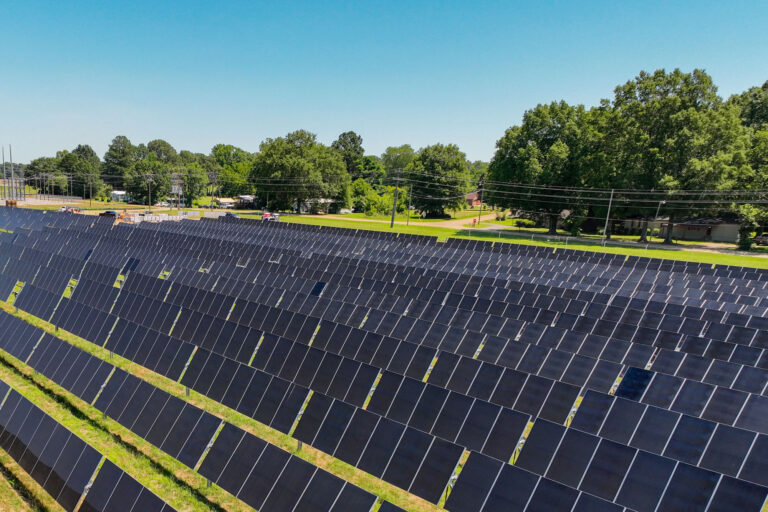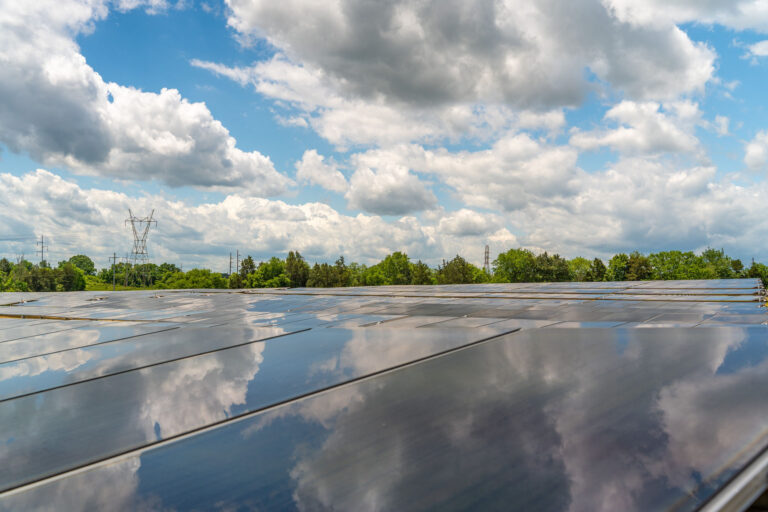So, your company has decided it’s time to make climate action a priority, but how do you know where to start? For starters, what’s your company’s carbon footprint?
After all, it’s hard to know what to tackle without some data and even harder to measure success without measuring your footprint. The good news is that there are standardized ways to start figuring out your company’s carbon footprint by breaking down all activities into the carbon emissions they produced– from the electricity you use to the gallons of gas you consume, the science is clear on how to calculate the carbon impact of those activities.
Many companies measure their carbon impact by conducting a Life Cycle Assessment (LCA).
According to Science Direct, an LCA is “an analytical method used to report the environmental loads and resources used during each step of a supply chain or product creation.” But when organizations conduct LCAs, they often have to decide if they’re going to measure from either cradle-to-gate or cradle-to-grave. Which is best for your company?
Cradle-to-gate

Cradle-to-gate refers to the carbon impact of a product from the moment it’s produced to the moment it enters the store. Some companies prefer to measure cradle-to-gate because they’ve designed a product that can be easily recycled or composted, avoiding the landfill altogether. Other companies chose this measurement simply because it’s easier to track.
An example of a cradle-to-gate product might be an aluminum can of soda. The soda company can measure the impact of the materials needed to create their soda, including the drink itself and the choice of aluminum packaging, plus the impact of shipping necessary to deliver that soda can to a store near you. However, the soda company might assume that the consumer will drink the soda and have the option to recycle the remaining can, making it unnecessary for the company to measure the final destination of their product.
Cradle-to-grave

In contrast, cradle-to-grave covers the entire lifecycle of a product. It’s a full analysis of a product from the raw materials to the disposal of the product in an attempt to determine its full carbon footprint.
Some products, like a tee-shirt, amass most of their carbon footprint after purchase (a load of laundry produces anywhere from 1.3- 7.3 pounds of carbon)!
Of course, the cradle-to-grave method comes with some assumptions. A plastic bottle that is thrown in a landfill has a different footprint than one that is recycled. There’s no way for a company to know what a consumer does once their product is purchased, but cradle-to-grave analyses strive to account for all the emissions of a product’s life cycle, with the end goal of reclaiming those emissions.
Which LCA is Right for Your Company
Whether you’re looking to reclaim the electricity, production, or the entire life cycle of your company’s products, measuring your carbon footprint is just the first step.
The most important thing your company can do is to take action to lower your carbon footprint and then offset the rest. Whether you’re measuring the carbon footprint of your company from cradle to grave or for a portion of your operations where you have the data, the investments you make in localizing your supply chain, improving processes, or offsetting your direct emissions by cleaning up another part of the economy, is the action we urgently need.
Clearloop is working with companies of all sizes who are reclaiming various portions of their carbon footprint–whether it is the cradle to grave life cycle of a snack bar or the manufacturing and electricity of large manufacturers–by cleaning up the electricity grid with new solar projects that expand access to clean energy in the United States. If you’re interested in getting started today, you can join us by investing in our new solar farm in West Tennessee, set to break ground this summer.
###
Want to learn more about how to reclaim your company’s carbon footprint and expand access to clean energy with Clearloop? Drop us a note at hello@clearloop.us or contact us here.

